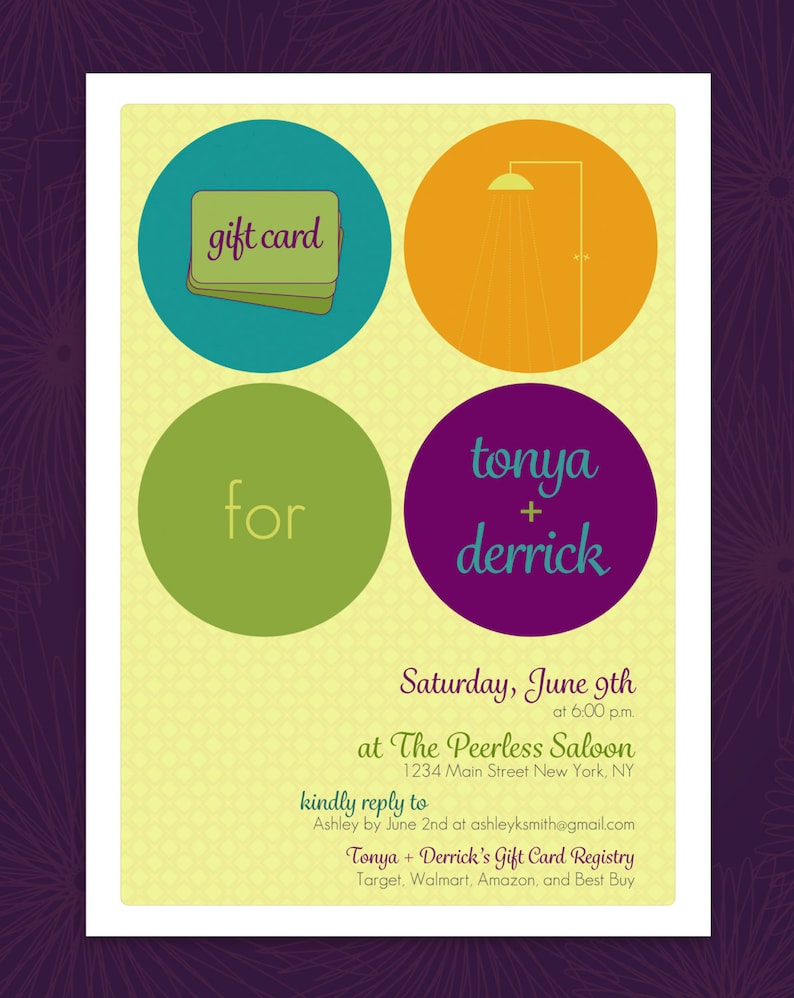Personalized glass awards evoke a steadfast spirit of dedication and excellence. They foster a culture of recognition that transcends ordered borders.
Wheel engraving is displayed on a goblet most likely made in the 1700s covered with detailed Chinese-style motifs. These motifs revealed loyalty to the Jacobite reason. This is a remarkable example of exactly how imported Oriental items affected European layout trends.
Origins
As glassmaking became much more advanced, engravers realised that a style contributed to an item of glass changed it from useful right into preferable. They experimented with a variety of scraping, abrading and cutting methods.
One of the most knowledgeable engravers produced fine comprehensive work. Anna Roemers Visscher, who was a glass cutter and engraver, was renowned for her delicate flowers, inspired by the natural history books prominent in her time.
Engravers likewise sculpted great linework into glass. By the end of the 17th century, engravers had actually started to desert direct clearness in favour of crosshatched chiaroscuro impacts. Among the earliest instances is taped on a container by a Rotterdam engraver that authorized his collaborate with a jotted liberty and vigour that raised it over the remainder.
Inscribing remained to be a preferred strategy, although it was significantly overshadowed by cut glass and brand-new strategies such as etching, which was less costly than inscribing. Nonetheless, economic pressures after c1905, along with decreasing top quality of cut glass, saw a surge in the appeal of personalized glass, referred to as rock crystal.
Methods
Glassmakers utilized a range of methods to mark or decorate the surface of a vessel, frequently combining different methods. One strategy called stipple inscription, as an example, makes use of a factor of tungsten or diamond to make small dots on the glass surface which produce contrasting white lines when light lusters through them.
Engraved glass awards are valued for their style and stature. They mirror the deep esteem and regard that business hold for their workers and foster a culture of quality.
The clarity of glass personifies the openness and honesty of corporate acknowledgment, urging receivers to take stock of their achievements and reflect on their trip in the company. Additionally, the capability of engraved glass to display tailored message and images enables the creation of highly one-of-a-kind and purposeful honors that evoke the sense of greatness related to this exceptional material.
Styles
From the streamlined lines of business awards to the etched message on glass prizes, engraved crystal is an elegant icon of acknowledgment. Whether displayed on someone's desk or maintained as a keepsake, these personalized items share a sense of status and professionalism that is hard to locate in other materials.
The design of engraved glass has transformed gradually to reflect transforming preferences and technological advancements. The old method of copper-wheel engraving has actually resisted predictions of obsolescence, and brand-new methods like etching are taking over where stippling as soon as held sway.
The earliest diamond-point engraving, of the 16th century, is stiff and official. It slowly became a lot more supple and pleasing, yet can quickly degenerate right into over-elaboration. In the 19th century Thomas Webb & Sons introduced "rock crystal" with deep cutting and copper-wheel engraving, which mimicked luxury vessels cut of rock crystal in Europe and the Orient (see Ewer by Webb & Sons). The company's primary engravers were Bohemian immigrants Frederick Engelbert Kny and William Fritsche, who authorized their work with a monogrammed G.
Significance
Personalized glass was costly and sought after. This was due to the fact that it included the most requiring glass refining technique and relied on the precision and initiative of a proficient craftsman. The acme of engraving can be found in the 17th century and was quite a part of the Baroque and Rococo durations.
During this time, engraved cups could be utilized to communicate messages of social condition. They would present family crests and political obligations. They might additionally display one's preference for the most up to date fashion and layout trends.
Today, personalized glass is still an essential art kind. Nevertheless, breakthroughs in innovation and laser modern technology have streamlined the procedure and made it much more specific. The resulting elaborate layouts are both spectacular and sturdy. Furthermore, brand-new types of glass have actually been created to respond far better to lasers. This has increased the possibilities for musicians and designers. It likewise decreases the environmental impact of the procedure. For example, optical get more info crystal is an exceptional choice for personalized honors since it is clear and mirrors light well.
